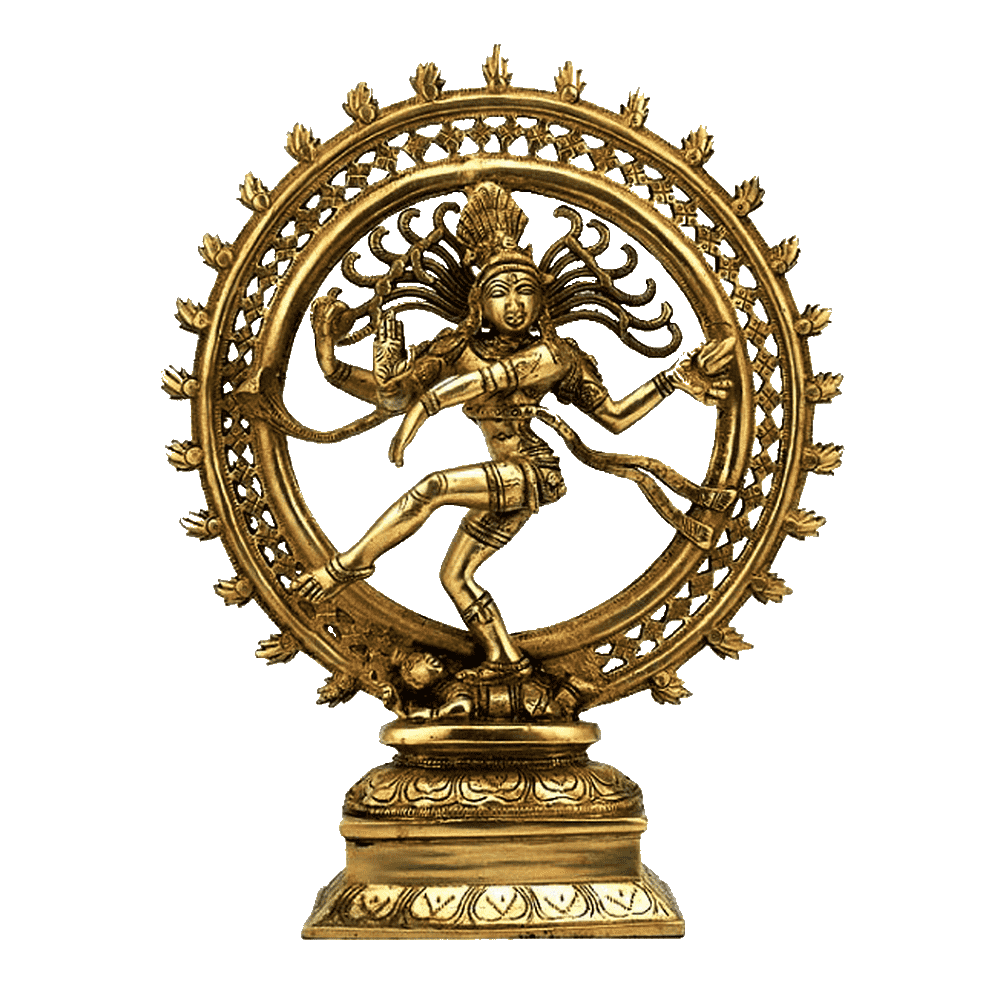
Nibandha
Exploring the Handbooks on Ritual Worship, Sadhana, and Puja in Tantra
Introduction:
The vast and profound world of Tantra encompasses a rich tapestry of spiritual practices, rituals, and worship that lead seekers on a path of self-discovery and spiritual evolution. Within the realm of Tantra, numerous handbooks have been authored by revered sages and scholars, offering guidance and insights into the intricate aspects of ritual worship, sadhana (spiritual practice), and puja. These texts serve as invaluable treasures, preserving ancient wisdom and traditions, and continue to inspire spiritual aspirants on their quest for divine realization. In this article, we shall delve into some of the significant Nibandhas (handbooks) that have left an indelible mark in the world of Tantra.
Kriyākalpataru of śaktinātha Kalyānakara:
Kriyākalpataru, authored by śaktinātha Kalyānakara, is a celebrated handbook on ritual worship and ceremonies. This comprehensive text offers detailed guidelines on the correct procedures, mantras, and mudras for performing various spiritual practices and puja rituals with precision and devotion.
Kaulāvalīnirṇaya of Jñānānandagiri Paramahaṃsa:
Kaulāvalīnirṇaya provides insights into the esoteric practices of the Kaula tradition within Tantra. It reveals rituals, meditations, and symbolic representations used in Kaula sadhana, fostering a deeper connection with divine energies.
Sāktanandataraṃgiṇī of Brahmānanda Giri:
śāktanandataraṃgiṇī is a significant Nibandha that delves into the realm of śākta worship, emphasizing the worship of the divine feminine principle, Shakti. This text offers profound insights into the rituals and practices associated with Shakti worship.
Sāktakrama of Pūrṇānanda:
śāktakrama is another important text focused on Shakti worship, attributed to Pūrṇānanda. It presents a systematic approach to the worship of various forms of Shakti, providing guidance to practitioners on their spiritual journey.
Srītattvacintāmaṇi of Pūrṇānanda:
In śrītattvacintāmaṇi, Pūrṇānanda offers a comprehensive exploration of the fundamental principles of Tantra, unraveling the essence of the Tattvas (principles of reality) and their significance in spiritual practices.
Agamakalpadruma of Govinda and āgamakalpalatikā of Yadunātha:
Both these texts, authored by Govinda and Yadunātha, respectively, focus on the Āgama tradition within Tantra. They present rituals, practices, and philosophical aspects of the Āgamic traditions, guiding practitioners towards spiritual upliftment.
Agamatattvavilāsa of Raghunātha Tarkavāgīśa and āgamachandrikā of Rāmakṛṣṇa:
These texts shed light on the intricate philosophical aspects of Tantra and expound on the underlying principles that govern its practices and rituals.
Tantrachintāmaṇi of Navamīsiṃha:
Tantrachintāmaṇi, authored by Navamīsiṃha, delves into the realm of Tantric rituals and ceremonies, providing seekers with insights into the transformative power of Tantra.
Prāṇatoṣiṇī of Rāmatoṣaṇa Vidyālaṃkāra:
Prāṇatoṣiṇī is a significant Nibandha that revolves around the worship of the vital life force, Prana, as a means to spiritual realization and liberation.
Śhivarahasya and Śaivakalpadruma:
These texts focus on the worship of Lord Shiva, elaborating on rituals, practices, and the esoteric aspects of Shaiva Tantra.
More Details in Small Description:
If we Specify All 12 in Seprate Part, Here is it
Kriyākalpataru of śaktinātha Kalyānakara:
A celebrated handbook on ritual worship, this text by śaktinātha Kalyānakara offers detailed guidelines on precise procedures, mantras, and mudras for spiritual practices and puja rituals.
Kaulāvalīnirṇaya of Jñānānandagiri Paramahaṃsa:
This enigmatic text unravels esoteric practices of the Kaula tradition in Tantra, including rituals, meditations, and symbolic representations to connect with divine energies.
Sāktanandataraṃgiṇī of Brahmānanda Giri:
Focused on śākta worship, this text emphasizes the worship of the divine feminine principle, Shakti, and explores associated rituals.
Sāktakrama of Pūrṇānanda:
Authored by Pūrṇānanda, this text provides a systematic approach to the worship of various forms of Shakti.
Srītattvacintāmaṇi of Pūrṇānanda:
Pūrṇānanda’s work explores the fundamental principles of Tantra, unveiling the essence of Tattvas and their importance in spiritual practices.
Agamakalpadruma of Govinda:
This text delves into the Āgama tradition of Tantra, offering guidance on rituals, practices, and philosophy.
Agamakalpalatikā of Yadunātha:
Authored by Yadunātha, this text also explores the Āgamic traditions, shedding light on rituals and practices.
Agamatattvavilāsa of Raghunātha Tarkavāgīśa and āgamachandrikā of Rāmakṛṣṇa:
These texts delve into the philosophical aspects of Tantra, elucidating the underlying principles governing its practices.
Tantrachintāmaṇi of Navamīsiṃha:
Authored by Navamīsiṃha, this text provides insights into Tantric rituals and ceremonies.
Prāṇatoṣiṇī of Rāmatoṣaṇa Vidyālaṃkāra:
Focused on the worship of Prana (vital life force), this Nibandha emphasizes its significance in spiritual realization.
Śhivarahasya:
This text centers on the worship of Lord Shiva, offering rituals and esoteric aspects of Shaiva Tantra.
Śaivakalpadruma:
Another significant work on Shaiva Tantra, this text explores rituals and practices dedicated to Lord Shiva.
Conclusion:
The Nibandhas on ritual worship, sadhana, and puja in Tantra form a vital corpus of spiritual literature, transmitting the ancient wisdom of Tantric traditions across centuries. Each of these handbooks provides unique insights into various aspects of spiritual practice, rituals, and worship, acting as guiding lights for seekers on their journey of spiritual exploration and enlightenment. Preserving the profound wisdom of Tantra, these texts continue to inspire and transform the lives of countless spiritual aspirants, reinforcing the timeless relevance of Tantra in the pursuit of divine realization.
Editor – Kaalchakra Team
[ Note – Before Concluding anything as a Finale, Please Go through Original Scriptures of Vaidik Literature Written in Sanskrit and Also with Meaning of That time of Language. Because English is a Limited language to Explaining the Deeper Knowledge of Vaidik Kaal. ]
